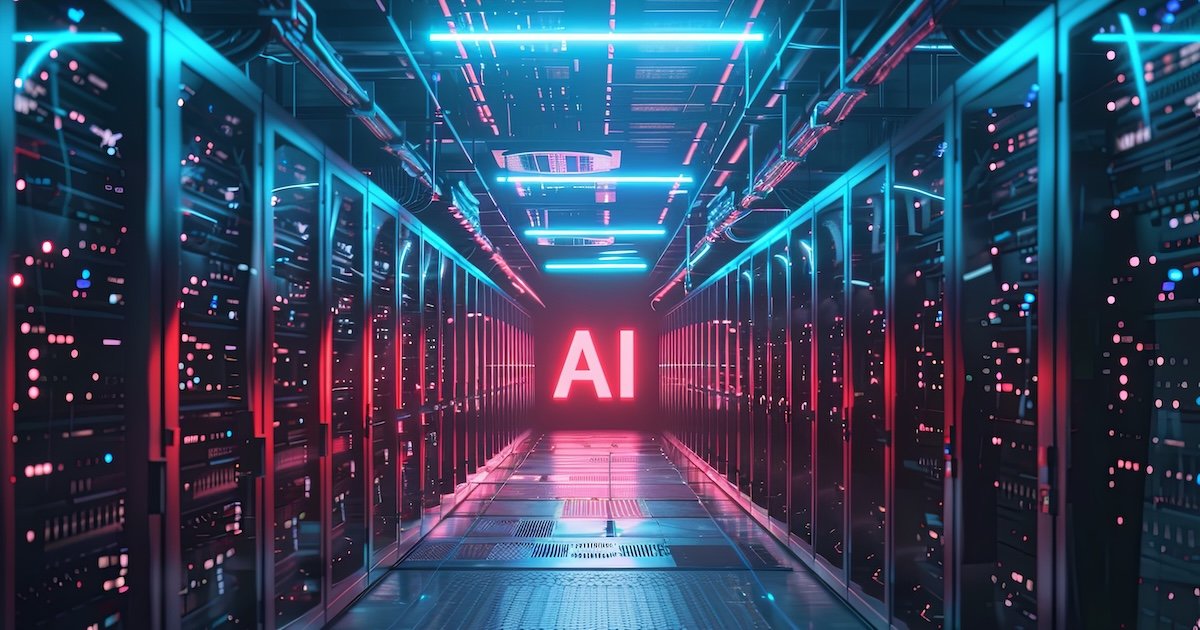
Conventional data centers were built to handle tasks like web hosting, email, and transactional databases. However, AI introduces a new layer of complexity:
- AI requires massive compute power to train and deploy algorithms.
- It depends on large-scale parallel processing, best handled by GPUs or AI accelerators.
- It deals with huge datasets requiring fast access and low latency.
- It demands dynamic scaling, often on short notice.
Without the right setup, traditional infrastructures suffer from performance bottlenecks, energy inefficiencies, and scaling limitations.

Key Features of an AI-Ready Data Center
1. GPU-Powered Servers
The backbone of any AI-ready data center is the GPU-accelerated server. Unlike traditional CPUs, GPUs handle thousands of simultaneous operations, making them essential for deep learning and training neural networks.
Benefits:
- Reduced model training time
- Efficient handling of complex computations
- Scalability for different AI use cases
Advanced facilities also use AI accelerators like TPUs (Tensor Processing Units) or custom silicon chips to further optimize performance.
2. High-Speed Storage and Networking
AI workloads involve massive volumes of data—images, videos, IoT sensor streams—that must be moved and processed rapidly.
Must-Haves:
- NVMe SSDs for ultra-low latency
- 100GbE+ networking for fast data transfer
- Software-defined storage (SDS) for flexibility and optimization
This ensures the data pipeline does not become a performance choke point.
3. Advanced Cooling Solutions
AI infrastructure consumes enormous amounts of energy, generating significant heat. To manage this efficiently, AI-ready data centers use:
- Immersion cooling tanks for direct-to-liquid heat dissipation
- Liquid-to-chip cooling systems
- Smart airflow optimization to target hotspots
Efficient cooling not only prevents hardware damage but also reduces operational costs and environmental impact.
4. Real-Time Monitoring and Automation
AI-ready facilities are equipped with intelligent monitoring systems to maintain uptime and efficiency.
Features Include:
- DCIM software for infrastructure visibility
- Smart sensors for temperature, airflow, and humidity
- AI-driven automation for load balancing and predictive maintenance
This enables proactive management and reduces unplanned outages.
5. Scalable, Modular Design
AI applications often evolve quickly, requiring infrastructure that can scale on demand. Modular designs allow operators to:
- Add or remove server racks easily
- Deploy containerized AI workloads using Kubernetes
- Extend to edge nodes for latency-sensitive applications
This future-proofs the data center for ongoing AI growth.
6. Enterprise-Grade Security and Compliance
With AI handling everything from healthcare data to financial transactions, security is non-negotiable.
Common Measures:
- Zero Trust architectures
- Hardware-level encryption
- Compliance with GDPR, HIPAA, ISO27001, and more
This ensures data privacy, integrity, and auditability.
Final Thoughts
AI is redefining how businesses operate, and AI-ready data centers are the critical infrastructure enabling this transformation. By leveraging GPU servers, advanced cooling, high-speed networks, and smart monitoring, organizations can scale their AI ambitions confidently.
An AI-ready data center isn’t just about hardware—it’s about building a resilient, intelligent, and scalable environment for the future of enterprise computing.


Leave a Reply